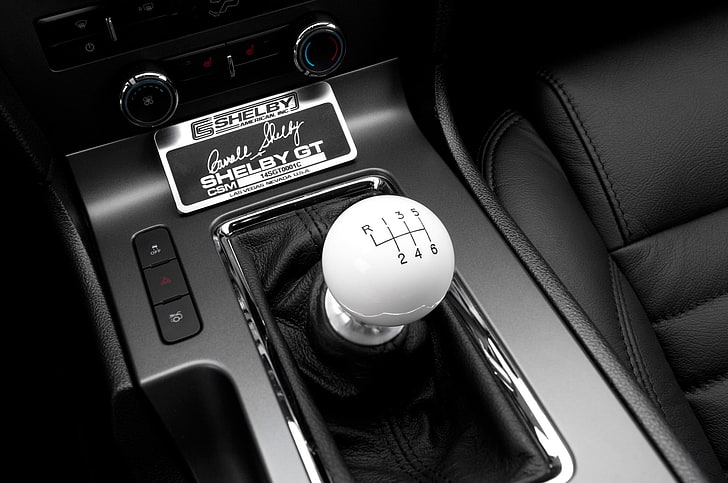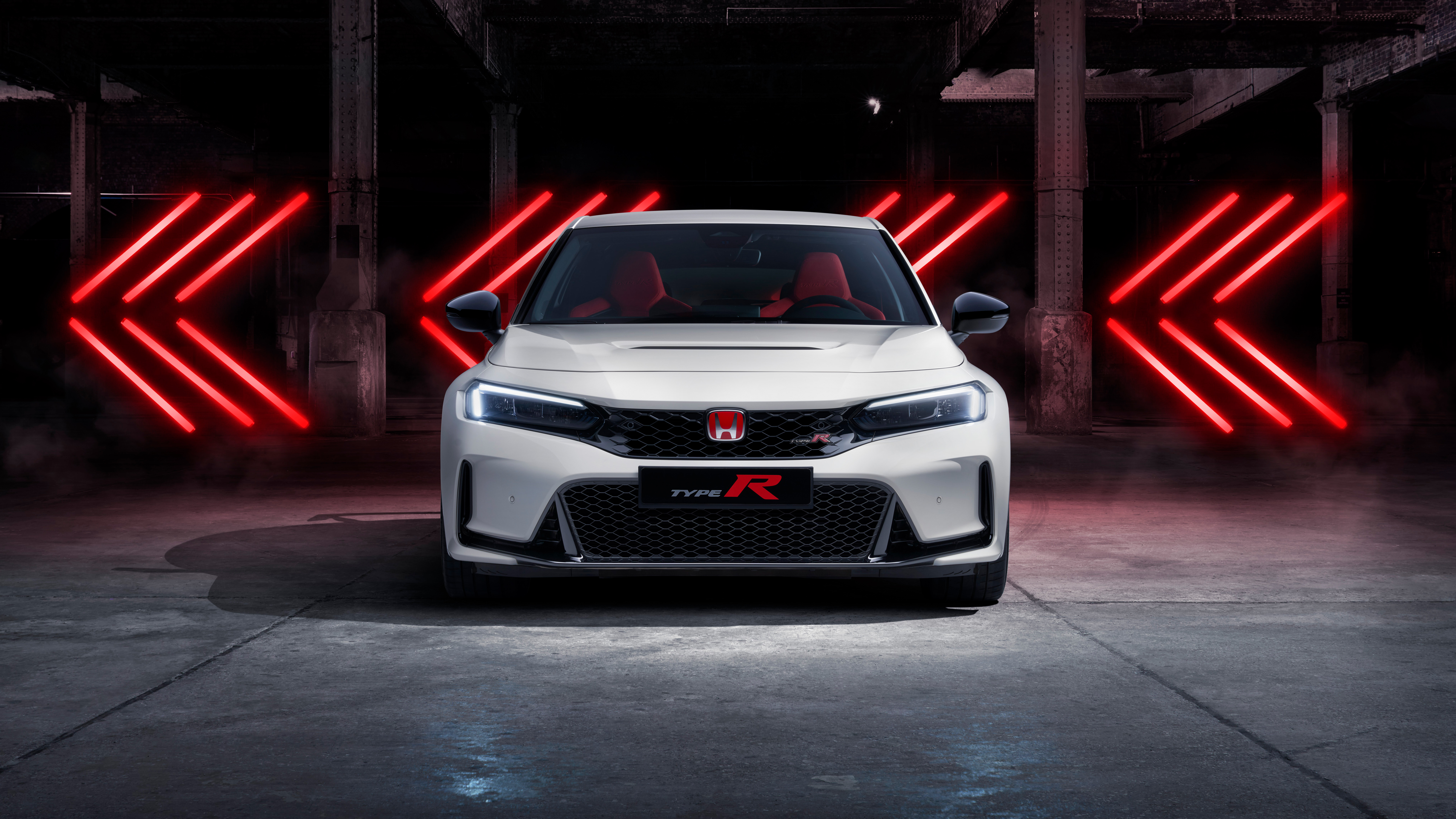
Is the Manual Transmission Really Dying?
Manual transmissions have seen a steep decline—but they’re not dead yet. Discover the latest stats, trends, and the cars keeping the stick shift alive.
For decades, the manual transmission was the badge of honor for true car enthusiasts. Feeling the clutch engage, rev-matching a downshift, and rowing through gears connected drivers to their machines in a way no automatic ever could. But in the age of dual-clutch gearboxes and electric drivetrains, one question is louder than ever: Is the manual transmission dead?

The Stats: A Decline, But Not a Funeral
Manual transmissions are undoubtedly rare in today’s market. According to J.D. Power, only 1.7% of new cars sold in the U.S. in 2023 were manuals—a slight increase from 0.9% in 2021. Meanwhile, automatic transmissions dominate with over 98% of market share.
U.S. Transmission Sales Breakdown
| Year | Manual Transmission Share | Automatic Transmission Share |
|---|---|---|
| 2021 | 0.9% | 99.1% |
| 2022 | 1.2% | 98.8% |
| 2023 | 1.7% | 98.3% |
Why Fewer Drivers Are Shifting Gears
- Performance & Efficiency: Modern automatics and dual-clutch transmissions (DCTs) shift faster than humans and often improve fuel economy.
- City Driving Convenience: Daily driving, especially in traffic, is much easier without a clutch.
- Consumer Preference: Most new drivers never learn to drive stick, reducing demand.
The Loyalist Rebellion
Despite the odds, a group of automakers and enthusiasts continue to keep the manual flame alive. Several 2023–2024 models are still bucking the trend:
- Toyota GR Corolla and Supra (6-speed manual)
- Honda Civic Si and Civic Type R (manual-only)
- Mazda MX-5 Miata (manual standard)
- Subaru WRX – 74% manual take rate
- Toyota GR86 – 48%
- Acura Integra – 22%



Are EVs the Final Nail in the Coffin?
Electric vehicles don’t need multi-speed gearboxes. With instant torque and a single-speed drive system, there’s literally nothing to shift. As major automakers push toward all-electric lineups by 2030–2035, the days of new manual models may become even rarer.
However, some brands are experimenting with simulated manual shifting experiences in EVs using software, paddle feedback, and artificial clutch systems—signaling that engagement might survive, even in electric form.

Why Manuals Still Matter
For many drivers, a manual isn't just about performance—it's about connection. It’s tactile. Engaging. Driving a manual is often described as “piloting” rather than just “operating” a vehicle. In the tuner and track-day community, manuals still reign supreme for control and cost-effective repairs.
Will Automakers Keep Making Manual Transmission Cars?
Despite the steady decline in manual transmission availability, there’s still hope for enthusiasts. A handful of automakers have not only kept manuals alive—they're actively developing new models with stick shifts to cater to the passionate niche market.
Toyota has leaned into the enthusiast space with recent launches like the GR Corolla and manual-equipped GR Supra. Honda remains committed with its Civic Si and Type R. Meanwhile, Mazda continues offering the MX-5 Miata exclusively with a manual option in most trims.
Additionally, Hyundai's N division (Veloster N, Elantra N) and Subaru (WRX and BRZ) have also helped sustain the segment, showing that some manufacturers see value in catering to drivers who crave engagement. In 2023, even Acura introduced a manual option in the reborn Integra—proof that OEMs are listening.
That said, manual development is mostly limited to performance and specialty models. Mass-market vehicles are unlikely to see new manual variants due to low take rates and tighter emissions and efficiency regulations. Looking ahead, it’s likely that manuals will survive—but only in limited, enthusiast-focused applications.
Final Gear
While the manual transmission may never regain dominance, reports of its death are premature. As long as there are drivers who crave engagement and brands that listen, the stick shift will survive—perhaps not in every showroom, but certainly in the garages of those who appreciate the soul of driving.


